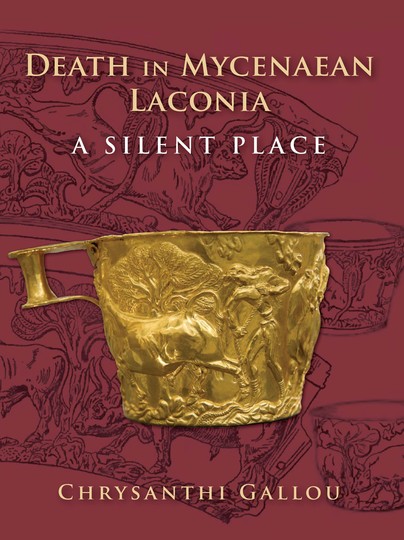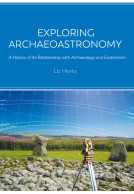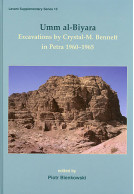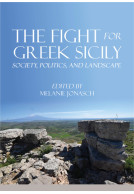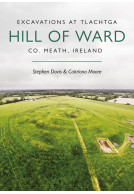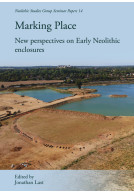Death in Mycenaean Laconia (Hardback)
A Silent Place
Imprint: Oxbow Books
Pages: 296
Illustrations: approx. 550 drawings, images and maps,
ISBN: 9781789252422
Published: 15th November 2019
Script Academic & Professional
Pages: 296
Illustrations: approx. 550 drawings, images and maps,
ISBN: 9781789252422
Published: 15th November 2019
Script Academic & Professional
You'll be £48.00 closer to your next £10.00 credit when you purchase Death in Mycenaean Laconia. What's this?
+£4.99 UK Delivery or free UK delivery if order is over £40
(click here for international delivery rates)
Order within the next 49 minutes to get your order processed the next working day!
Need a currency converter? Check XE.com for live rates
(click here for international delivery rates)
Order within the next 49 minutes to get your order processed the next working day!
Need a currency converter? Check XE.com for live rates
A Silent Place: Death in Mycenaean Lakonia is the first book-length systematic study of the Late Bronze Age (LBA) burial tradition in south-eastern Peloponnese, Greece, and the first to comprehensively present and discuss all Mycenaean tombs and funerary contexts excavated and/or simply reported in the region from the 19th century to present day. The book will discuss and reconstruct the emergence and development of the Mycenaean mortuary tradition in Lakonia by examining the landscape of death, the burial architecture, the funerary and post-funerary customs and rituals, and offering patterns over a longue durée.
The author proposes patterns of continuity from the Middle Bronze Age (even the Early Bronze Age in terms of burial architecture) to the LBA and, equally important, from the Late Bronze Age to the Early Iron Age,and reconstructs diachronic processes of invention of tradition and identity in Mycenaean communities, on the basis of tomb types and their material culture. The text highlights the social, political and economic history of Late Bronze Age Lakonia from the evolution of the Mycenaean civilisation and the establishment of palatial administration in the Spartan vale, to the demise of Mycenaean culture and the turbulent post–collapse centuries, as reflected by the burial offerings.
The book also brings to publication the chamber tombs at Epidavros Limera that remained largely unpublished since their excavation in the 1930s and 1950s. Epidavros Limera was one of the most important prehistoric coastal sites in prehistoric southern Greece (early 3rd–late 4th millennium BC), and one of the main harbour towns of the Mycenaean administrative centres of central Lakonia. It is one of very few Mycenaean sites that flourished uninterruptedly from the emergence of the Mycenaean civilisation until after the collapse of the palatial administration and into the transition to the Early Iron Age. The present study of the funerary architecture and of the pottery from the tombs suggests that the site was responsible for the introduction of the chamber tomb type on the Greek mainland in the latest phase of the Middle Bronze Age (definitely no later than the transitional Middle Bronze Age/Late Bronze Age period), and not in the early phase of the Late Bronze Age (Late Helladic I) as previously assumed.
Customers who bought this title also bought...
Other titles in Oxbow Books...







